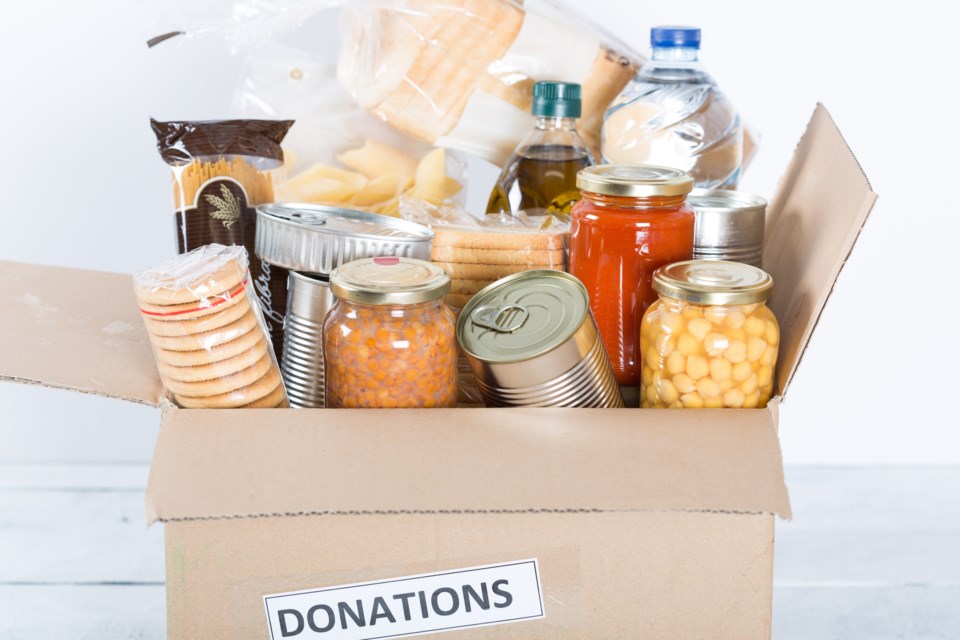Longmont’s food bank is seeing its highest ever demand while navigating fewer donations.
Right now, the Outreach United Resource (OUR) Center is averaging 1,600 food pantry visits per month, which feed about 5,600 individuals, according to Food Services Director Ari Antila. It’s been like that for the past four months, up 20% from January.
“Once gas prices started going up and then food prices started going up as well, that’s when it really hit,” Antila said.
The current demand is higher than it was during the peak of the pandemic by about 200 pantry visits or roughly 1,000 individuals. Before the pandemic, the food pantry averaged about 1,300 visits serving 3,200 individuals, so the situation right now is quite a jump, Antila said.
This reflects trends across the country, with inflation in the U.S. at a 40 year high, surging gas prices, rising rents and an end of federal COVID-19 relief all contributing factors to the economic difficulties for families.
Antila said the food pantry program has been seeing new households more frequently, at roughly 10 or 20 new families a week — though not everyone returns after their first visit.
The rising costs of groceries means that the Longmont community is seeing more need while fewer people are able to donate to support the OUR Center’s work, Antila explained.
“With the rise of costs, it’s creating more need for the community, and then it’s also meaning that some community members who have been donating to us may not be able to afford to donate as much or any at all because they’re trying to keep their own household fed,” she said.
Additionally, cash donations and grants don’t stretch as far as they used to for the OUR Center due to inflation and supply chain issues. Summer is also a slow time for donations.
“During the holidays, everyone is so giving and makes it a priority,” Antila said. “In the summer, we don’t get as many donations, and then we have possibly an increase of people coming to supplement their meals for their kids since they’re home.”
Despite these challenges, the OUR Center has not had to turn any families away from assistance. Antila noted, however, that the amounts of food have decreased a bit as some items see limits to ensure that everyone gets some.
Even so, the food pantry is giving out an average of 3,800 pounds of food daily. To navigate the rising demand and lacking supply, the OUR Center has been buying and asking for items that stretch the farthest for families.
“We’ve been trying to focus on the staples,” Antila said. “There’s not as much variety but we’re focusing on the staples, making sure we have meat and dairy.”
She added that fresh produce hasn’t been as much of an issue thanks to the many farms and gardens that donate to the OUR Center in the summer. Donations from anyone who is able are always welcome.
“If there are organizations or community members who are able to donate or host a food drive, that helps also,” Antila said. “We’re grateful for any help that we can get … It has been tough to keep up with the demand, but we are trying our best and we are thankful for community support as we navigate these uncertain times.”
Learn more about services provided by the OUR Center and how to donate at www.ourcenter.org.



